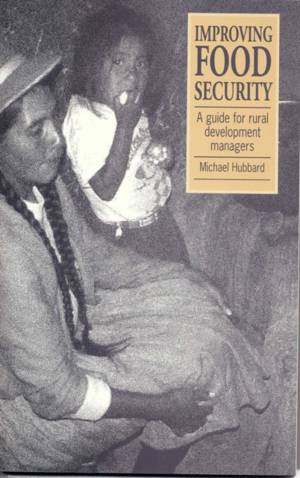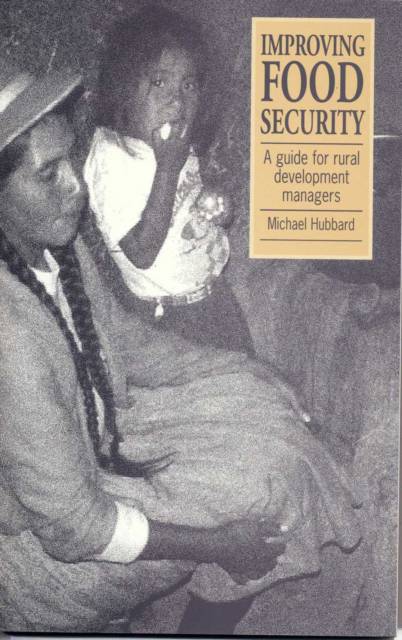
- Afhalen na 1 uur in een winkel met voorraad
- Gratis thuislevering in België vanaf € 30
- Ruim aanbod met 7 miljoen producten
- Afhalen na 1 uur in een winkel met voorraad
- Gratis thuislevering in België vanaf € 30
- Ruim aanbod met 7 miljoen producten
Zoeken
Omschrijving
In many parts of the world, food insecurity and nutritional risk is often greater for females than for males, in infancy, in parenthood (particularly during pregnancy, nursing and as single parents), and in old age. Further, women are usually the key decision-makers in child nutrition. Therefore a substantial part of the challenge in improving household food security involves raising the incomes and education of disadvantaged women. For policy makers and students as well as rural development managers and others with an interest in food security, Improving Food Security discusses in a practical way the participative assessment of malnutrition and food security problems, how to improve nutrition, food and livestock markets, water supplies, finance, and co-operation between NGOs and governments, as well as the importance of strengthening local preparedness for famine prevention.
Specificaties
Betrokkenen
- Auteur(s):
- Uitgeverij:
Inhoud
- Aantal bladzijden:
- 160
- Taal:
- Engels
- Reeks:
Eigenschappen
- Productcode (EAN):
- 9781853393112
- Verschijningsdatum:
- 15/12/1995
- Uitvoering:
- Paperback
- Formaat:
- Trade paperback (VS)
- Afmetingen:
- 159 mm x 235 mm
- Gewicht:
- 235 g

Alleen bij Standaard Boekhandel
+ 50 punten op je klantenkaart van Standaard Boekhandel
Beoordelingen
We publiceren alleen reviews die voldoen aan de voorwaarden voor reviews. Bekijk onze voorwaarden voor reviews.











